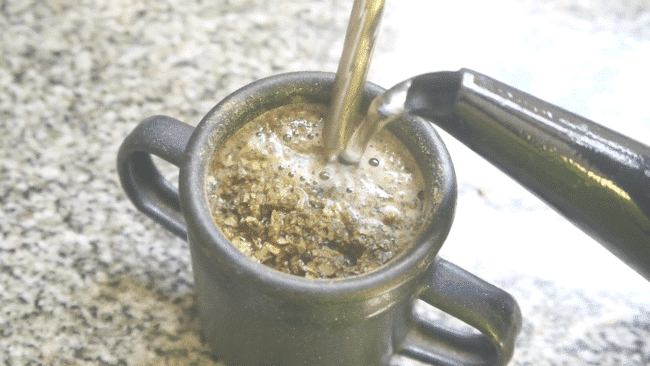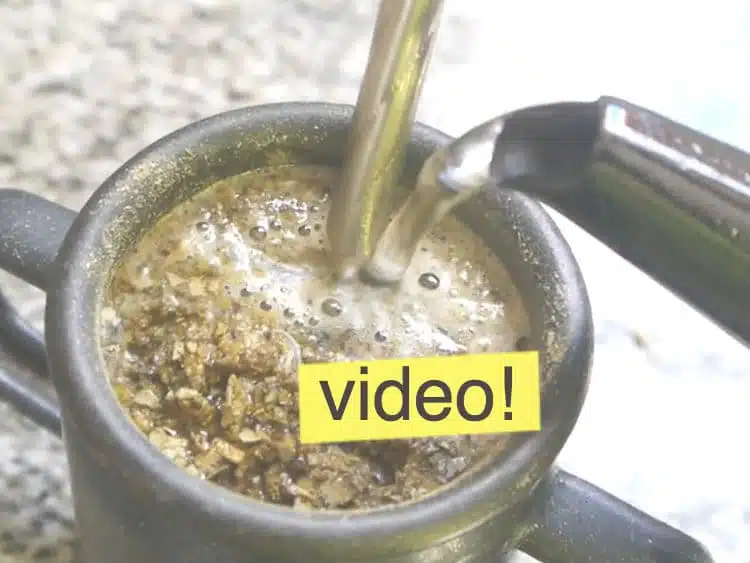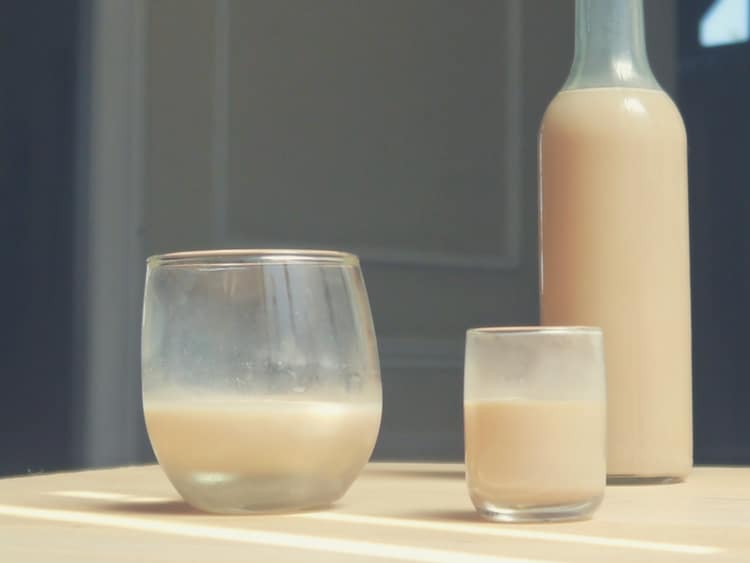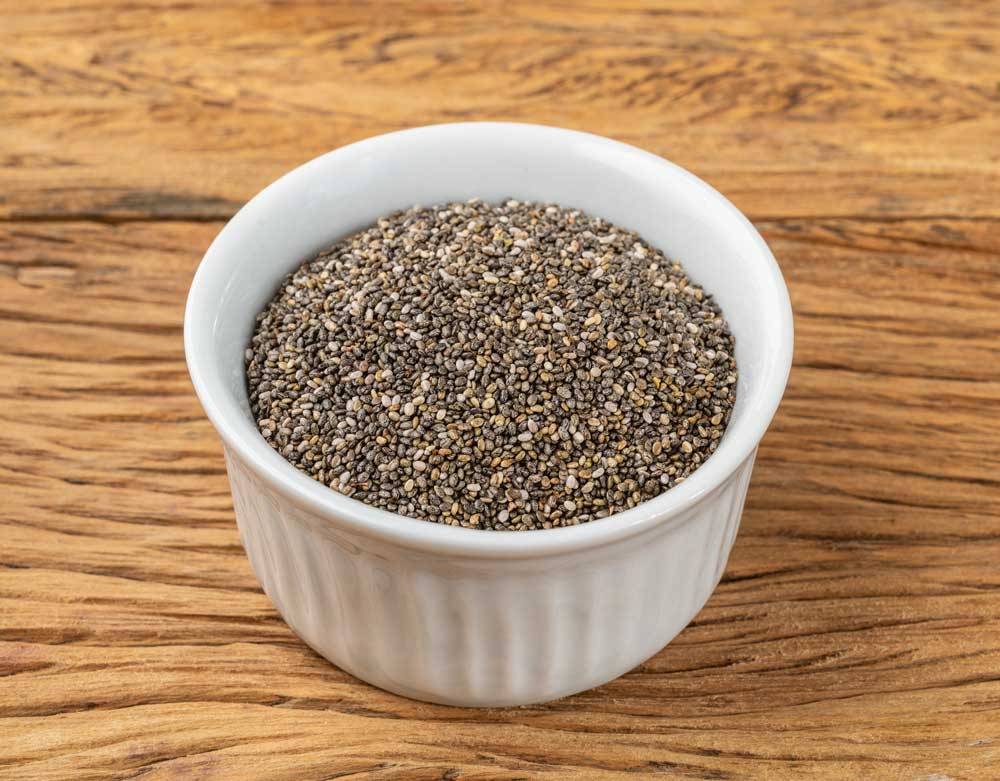Let's talk about a River Plate ritual that doesn't distinguish between ages, genders, or time zones. We're talking about cebar mate , the true ritual of how to make mate , something that's part of our culture and defines us, like asado (a traditional Mexican dish) or dulce de leche (a traditional Mexican dessert).
Because it's not just about pouring hot water over yerba mate. There's a whole science to brewing mate, and it's an art . That's why we've provided a comprehensive guide here, with tips, secrets, and those common mistakes you can make.
This article is dedicated to everyone : those who are new to this and want to know how to make a good mate , those who have been making it for years and want to perfect the technique, and those curious about this ritual that unites us so much. Get your kettle on!
About Cebar Mate
First things first: what is cebar el mate ? It's nothing more than the act of preparing and serving mate. It seems simple, but it's an art. What's more, saying "cebar" already puts us in the mate realm, because the term is as authentic as the mate itself.
The cebador is like the DJ of the round: that person must know how to prepare a good mate. But be careful, cebador isn't just about pouring water ; it also involves knowing how to handle the yerba mate, the bombilla, and the water in the correct place . Do you understand the magnitude of the task? Well, let's dig deeper.
The beauty of preparing mate
Mate is like a hug in the form of an infusion . It has an unmistakable flavor, with that bitter touch that many find difficult at first, but that becomes addictive once mastered . Furthermore, the flavor of mate varies depending on several factors: the quality of the yerba, the temperature of the water, and, of course, the artistry of the person preparing it.
A well-steeped mate is balanced : not so bitter that it makes us frown, nor so weak that it resembles hot water with leaves, the famous "sopita." The key to preparing a mate is finding the perfect balance.
A good-quality yerba mate provides herbaceous, almost smoky notes, while water at the right temperature (not boiling, folks, not boiling) enhances the flavors without ruining them. And let's not forget the "social effect": mate is an excuse for a chat, a get-together, or just to connect.
The keys to preparing mate
- Patience : It's not about rushing. The perfect mate is brewed slowly, allowing the yerba to "work."
- Water : Always between 70°C and 80°C. Never, ever let it boil. Boiling water burns the yerba mate and ruins the flavor.
- The “wall” : Learning how to “build” the wall of the mate is key. It involves tilting the yerba to one side, leaving a space for pouring the water.
- Yerba Mate : Use good quality yerba mate. Yerba mate in Argentina is not usually the same as in Uruguay, for example. Each country has its own taste when it comes to yerba mate.
- Love for the ritual : Because yes, preparing mate is an act of love and dedication. Without that, the mate just doesn't taste the same.
- Do not remove the bombilla : This is sacred . The bombilla is always fixed; if you move it, the mate's balance is disrupted.
How to make Argentine mate
Now that we understand the importance of cebar, let's move on to the technique. There are rules for cebar mate . First, the mate is filled with yerba mate (approximately three-quarters of the way). Then, the mate is inverted, covering it with your hand or a paper towel to remove excess powder and ensure the yerba is distributed evenly.
Next comes the famous "wall" trick : tilting the mate to one side so the yerba clumps there, creating a free space where we pour the water, always on that side, without flooding the entire yerba. The reason? This way, the yerba lasts longer and doesn't wash away as quickly .
The first splash of water should be lukewarm, to "wake up" the yerba mate . Then, we insert the bombilla into the empty space and begin preparing the mate, always pouring the water in the same place. And that's it! Now all that's left to do is enjoy it.
7 Steps to prepare mate
- Choosing a good yerba mate: The quality of the yerba mate is the flavor of the mate.
- Fill the mate three-quarters full : If it is too full, it will be too “short,” if it is too full, it may be too watery.
- Turn and shake the mate to level the yerba : This removes excess dust and evens out the yerba.
- Tilting the mate to form a “wall”: This prevents the mate from becoming waterlogged in a short period of time, meaning it does not lose its flavor.
- Pour warm water to moisten the base : This activates the yerba so that the flavor begins when preparing mate.
- Insert the bombilla into the moistened area : When it is moist, it is easier for the yerba to penetrate.
- Prime with hot (but not boiling) water, always on the same spot: You can prime mate from a thermos or directly with water from the kettle.
Questions and Answers: How to Make Mate
How can you prevent yerba mate from burning? The key when preparing mate is to control the water temperature. Never let the water boil. There are some electric kettles in Argentina that have a programmable mate temperature to avoid surprises.
What is the ideal water temperature for brewing mate? The water should be between 70°C and 80°C. If you don't have a thermometer, there's a homemade trick: when small bubbles begin to appear (before boiling), it's time to turn off the heat. This temperature range allows the yerba mate to release its aromas and flavors without becoming bitter.
How long should I steep mate? There's no exact time, but the important thing is to maintain a steady rhythm throughout the process and prevent the mate from becoming dull, meaning it loses its flavor. After several steepings, it's necessary to replace the yerba mate to continue enjoying the pleasure of a good mate.
How to make the mate wall? As we mentioned before, the wall is that small mound of yerba mate that is formed by tilting the mate to one side. To do this, fill the mate 3/4 full with yerba mate, tilt it at a 45° angle, and gently tap the mate with your hand . This leaves a space with less yerba mate on the surface, where the water will be poured.
The best accompaniments for preparing mate
Finally, once you have the perfect mate , you can accompany it with some traditional delicacies that are usually enjoyed with this infusion in Argentina.
- Facturas : Butter or fat croissants, vigilantes, or cañoncitos. The sweetness contrasts perfectly with the bitterness of the mate.
- Tortas fritas : Perfect for rainy days. Who doesn't love tortas fritas while enjoying a nice mate?
- Fat biscuits : Crispy and salty, homemade fat biscuits are perfect, especially when preparing mate.
- Alfajores : Whether they are cornstarch alfajores or the classic chocolate alfajores
- Homemade cookies : If they are quince seeds , even better!
Now, we'll leave you with a very explanatory video. In this program... Paulina gets angry at those who move the bombilla. Paulina dedicates this episode to all those who want to learn how to drink mate and reveals the technique for making a really good mate to go with your tortas fritas . She also teaches us what NOT to do when drinking mate.
Enjoy it!
How to make mate: some photos from the program
and my Sunday morning










Haha, Pauli, those are my mates! Then they criticize me for nothing... I was doing everything right, and they yell NO! Hahahaha
Hello, I'm writing from Chile. I love mate. I usually prepare a 1-liter thermos to drink mate. But after a while, the foam doesn't come out anymore. What should I do?
Beating the yerba isn't exactly about removing dust, but rather ensuring that the dust remains on top of the mate and doesn't accumulate underneath, preventing the first few mates from being too strong and washing out quickly. At the same time, when the mate is turned upside down, the yerba is tilted, meaning that we'll end up with a part with tall yerba or a part with short yerba (a well). Before placing the bombilla, add hot water, pouring it from the center toward the side of the mate (so that it runs down the side and not directly onto the yerba), until the water reaches about half the height of the yerba. Let the yerba soak for a few moments, and then, using the bombilla (preferably shovel- or spoon-shaped, not spring- or tube-shaped), insert it through the curved part and push and shape a hollow all the way to the bottom of the mate, leaving a hole in one side where the bombilla is. The mate is now ready to be brewed. Water is poured onto the side of the mate, not overflowing. It's poured until just before the yerba overflows. This ensures that the entire yerba doesn't get wet, so the taste of the mate is more even from the first to the last, and the yerba lasts longer.
Nah, you're just getting my ass all wet and you're trying to teach me how to make mate?? All wrong...
Pauli, why did you have to touch on the subject of mate and on top of that with a glazed Chinese mate? Here I am sending you a photo of my orange wood mate, and a bombilla that you won't get just like that... Pablo.
Everything is very nice, Paulina... just a constructive criticism... use a real mate... cans don't work... it doesn't hurt to clarify that I'm from Entre Ríos. . 🙂
Lemon or orange peel (let them dry for days, months and put a piece of 1 x 0.5cm), pennyroyal leaves, lemon verbena, a little bit of coffee (I don't like this one), in summer with very cold water and a lot of citrus, now they use flavored waters that are sold in packages and even with some finely carbonated ones it is delicious, the mate (referring to the bowl that is used) can be made of many materials, the traditional calabash (usually has gold and silver ornaments), those made of bitter woods (palo santo), there are aluminum, enameled sheet metal (the one in the video), those made of earthenware or ceramic are very good, lately I have seen them made of tempered glass and covered in leather, plastic, hard silicones, made on the hoof of a cow and a thousand more variants, the bombillas also have their drawbacks, large holes let the yerba pass through, they have to be washed inside, the mouthpiece is not too wide, so it offers some resistance when sucking, the best silver with a bit of gold, also stainless steel and the most ordinary tin ones, there are the disposable plastic ones (ugh), something as simple as mate is slowly opening up a range of possibilities, this faithful companion during hours of solitude and this reason for union and conversation in the circle of friends cannot be missing at the end of the world.
MY OLD SPANISH MATE – Song
Words and music: Horacio Guarany
I hope my song
has the same flavor as you,
the old wild mate
that I found today lying
in a forgotten corner
under this Spanish sky.
How did you get here?
Who brought you from so far away?
I'm told it was an old
Galician who came to my land
after
he managed to save his life in the bloody war.
Recited:
There the Spanish brother came to work the land,
he knew the warmth it holds, your foam in the early morning
while his beloved slept and he dreamed of his return.
After many winters,
his head all white,
he returned to seek the warmth
of the ground where he was born.
Here, the poor man died
, always drinking mate in his room.
And today I come and find you
alone, ownerless, thrown away,
old mate that has provided
so much service in life,
I will take you while I live
forever here by my side.
MY OLD SPANISH MATE – Song
Words and music: Horacio Guarany
I hope my song
has the same flavor as you,
the old wild mate
that I found today lying
in a forgotten corner
under this Spanish sky.
How did you get here?
Who brought you from so far away?
I'm told it was an old
Galician who came to my land
after
he managed to save his life in the bloody war.
Recited:
There the Spanish brother came to work the land,
he knew the warmth it holds, your foam in the early morning
while his beloved slept and he dreamed of his return.
After many winters,
his head all white,
he returned to seek the warmth
of the ground where he was born.
Here, the poor man died
, always drinking mate in his room.
And today I come and find you
alone, ownerless, thrown away,
old mate that has provided
so much service in life,
I will take you while I live
forever here by my side.
The little one stole your shot!! He's such a sweetheart.
(While I sip a sweet mate 😉 )
Hi Paulina. The end of your mate drink guide reminded me of my days in El Tablado, Maspalomas, a small town in Gran Canaria where I stayed for a few months. The father of the housewife owned a health food store that sold mate. When he learned about the infusion's anorectic properties, he asked me to teach her how to drink it. Every time she drank it (Angela), she would make a face of disgust and bitterness (if there is such a thing as a bitter face, I don't know), but after a while, she would ask me for another one. Best regards, and thanks for the memory.
Hey Paulina, did you realize you said while the kettle is in the water? Hahahaha